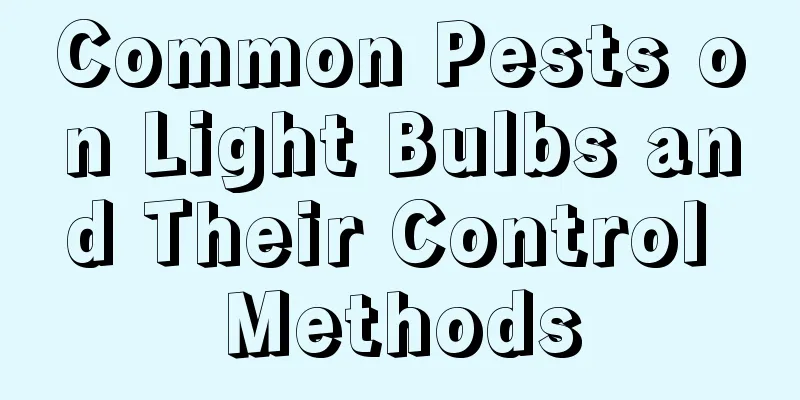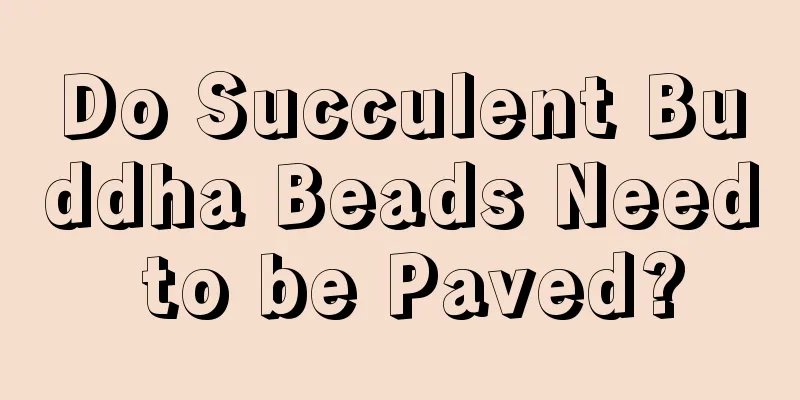Common Pests on Light Bulbs and Their Control Methods

Bulb Pests - WhitefliesharmThe thorns suck sap from the back of the leaves, causing the bulbs to wilt and inducing sooty mold. The bulbs are no longer crystal clear, directly affecting the ornamental value of the plants. Prevention and treatment measuresImprove ventilation and reduce air humidity. In the early stage of the outbreak, you can use 1000-2000 times diluted 40% oxydemeton-methyl emulsifiable concentrate for spraying. You can also use 500 times diluted malathion or 1000 times diluted malathion mixed with DDT for spraying. Two days after spraying, use a strong stream of water to wash away the dead insects together with the black powder. (Note: Whiteflies are highly resistant to pesticides and are difficult to kill. Spraying should be continuous and the pesticides should be changed frequently.) Bulb Pests - Scale InsectsharmIt sucks sap, causing the plant to grow poorly and, in severe cases, wither and die. Many white flocs appear at the top of the bulb, and later appear in sheets. Prevention and treatment measuresIf the number is small, you can use a brush to remove it or a toothpick to poke it out. You can also use a diluted solution of quick-kill (such as Jiebizhi or Huhuashen) for spraying (use with caution if it contains powder), and irrigate and wash the roots. Use 75% alcohol to brush the areas where scale insects are concentrated several times. Light bulb pests - small black flies (Sharp-eyed fungus gnats)harmThey like humus-containing food and usually fly around meat, chewing the liquid meat, causing the wounds to become infected and cause disease. Prevention and treatment measuresAdult black flies prefer moisture and are afraid of dryness. Keeping the soil relatively dry in foreign environments will not create a habitat for the adults. Pay attention to ventilation during maintenance, keep the surface of the potting soil clean, and do not put anything into the pot as fertilizer. Scientific fertilization is the right way. Spread a layer of vermiculite or river sand on the surface of the potting soil, and do not leave the humus soil exposed. |
<<: Common pests of Monstera and their control methods
>>: Common pest control methods for honeysuckle
Recommend
The growth environment and local conditions of bamboo
Bamboo Growth Environment and Conditions Moso bam...
How to plant mulberry trees
Mulberry trees have many uses. In addition to rai...
How to grow bougainvillea
1. Soil The soil for Bougainvillea needs to be lo...
How to grow succulent hibiscus snow lotus
1. Breeding methods 1. Watering: You don’t need t...
Everyone in the community grows chives. They sprout in 3 days and can be harvested in 10 days!
Planting chives on the balcony, you can harvest o...
How many kilograms of mulberry are generally produced per mu? What is the approximate profit of planting one mu?
Mulberry yield per mu The per-acre yield of mulbe...
Is the red maple a shade or sun-loving plant?
Does the red maple prefer shade or sun? Red maple...
Can the Jade Plant be repotted in summer? What are the time and precautions for repotting?
Can the jade plant be repotted in summer? It is b...
Rare and high-end vegetable varieties, the latest special vegetable varieties ranking and pictures
Generally speaking, the most expensive vegetable ...
How to plant Michelia odorifera
Preparation before planting Ecological habits To ...
Cultivation methods and precautions of Monstera
1. Breeding methods 1. Temperature: 15-20℃ is the...
Does the Black Mage prefer Yin or Yang?
Does the Black Mage prefer Yin or Yang? Black Mag...
How plants survive the winter (Examples of how plants in nature survive the winter)
How to Overwinter Plants A new round of cooling h...
Can pink dragon be potted?
Can pink dragon be potted? Pink dragon can be pot...
Can roses be planted outside your home?
Can roses be planted at the doorstep? Roses can b...









